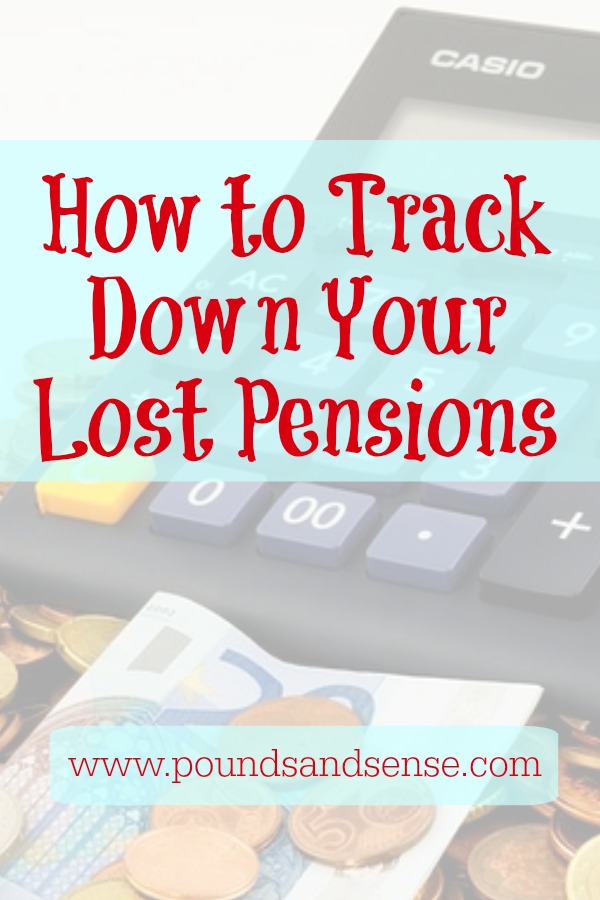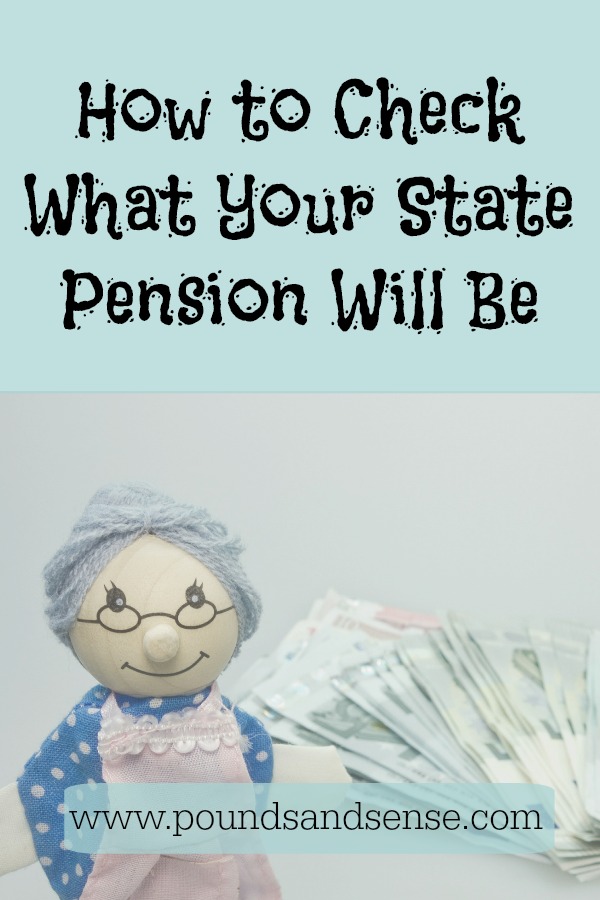Guest Post: Property Versus Pensions – Which Is Best?
Ever worry that your pension isn’t large enough to sustain the kind of retirement you’re looking forward to?
On average, British pensioners receive just 29% of their in-work earnings.
This small sum would leave many of us struggling to pay the bills, let alone being able to afford those long-awaited family holidays or treats. Latest figures from the Organisation for Economic Co-operation and Development show that 18.5% of those aged 76+ in Britain are living in poverty.
Those dependent on state funds are the worst affected and, with pensions failing to provide a sufficient income, many retirees rely on property as an alternative source of income.
Buy-to-let property is a big commitment, both in terms of the capital you need to get started and the long-term nature of the investment. Many of us look forward to relaxing during retirement, and there really is no guarantee of ‘a quiet life’ when you invest in rental properties. If you were planning to invest all your savings in property, it’s essential to consider how your finances would hold up should the property become vacant or need substantial repairs.
If house prices fall or stagnate, you could be left responsible for a property portfolio that contributes only a minimal amount towards your retirement income. Even if the housing market continues to boom, your personal circumstances may change and, as property is an illiquid asset, it can be tricky to turn your investments into cash at short notice.
So, if you’re in search of a way to supplement your pension and bring your retirement dreams a little closer to reality, you’ll be pleased to know that buy-to-let isn’t the only way to invest in bricks and mortar…
Kuflink’s innovative peer-to-peer platform offers investors many of the same advantages as buy-to-let, including monthly interest payments and property-backed opportunities, without the hassle of maintenance or deposit costs!
Register today to view Kuflink’s portfolio of exclusive short-term property loans offering up to 7.2% interest pa gross*, and invest from just £100.
*Capital is at risk. Rate correct as of April 2018. You should seek independent financial advice.
Thank you to my friends at Kuflink for an interesting post. I would just like to add that I am an investor with Kuflink myself and so far have been pleased and impressed with the service received.
As an existing Kuflink investor, I can also offer a special cashback incentive for anyone signing up and investing on the platform via my link. If you click through this special invitation link and invest a minimum of £1000, you will receive cashback as follows:
| Investment amount | Cashback due |
| £1,000 – £5,000 | 2.50% |
| £5,000.01 – £25,000 | 3.00% |
| £25,000.01 – £50,000 | 3.50% |
| £50,000.01 – £99,999.99 | 3.75% |
| £100,000 | 4.00%* |
*Cashback capped at £4,000
And yes, you really can earn up to £4,000 in cashback. If you invest £100,000 or more, then in addition to the £4,000 cashback, you would receive interest of around 6% to 7%. That means over a year your total returns on your £100,000 investment would be at least £10,000 (and more if you reinvest the monthly interest repayments on Select-Invest loans). Food for thought if you have that sort of money, though admittedly not many of us are lucky enough to do so!
Note that once you make your first investment of at least £100, you will have 14 days to maximise your cashback by making further investments. The 14-calendar day window starts from the moment you make your first investment. There is no limit to how much money you can invest in this window, and the cumulative total of your investments made within this 14-day period will be the total amount eligible for cashback.
The cashback amount will be transferred six months after your first live investment is made (assuming you haven’t sold up via the secondary market in that time). If Kuflink withdraw this offer after you have invested and before your cashback has been paid, you will still receive the cashback reward. The cashback will be paid into your Kuflink wallet, and from there you can either withdraw it to your bank account or invest it in another Kuflink loan or product.
As your referrer via this link or the link above, I will receive a referrer’s fee (variable) if you invest £1000 or more. Note also that once you have invested you will be able to offer the same cashback deal to your friends and colleagues, and get a referrer’s fee yourself as well. There is no limit to the number of people you can introduce through this scheme.
Obviously, this is a generous promotional offer by Kuflink and I assume it won’t be available forever. If you want to take advantage, therefore, don’t wait too long. I will remove this information if/when I hear the offer is no longer valid.
As always, if you have any comments or questions about this post, please do leave them below.
Disclosure: This is a sponsored post by Kuflink, for which I am receiving a fee. As stated above, I am also an investor with Kuflink myself.
Update:: I have now added an independent review of Kuflink based on my experiences of investing with them. Click here to read it.





